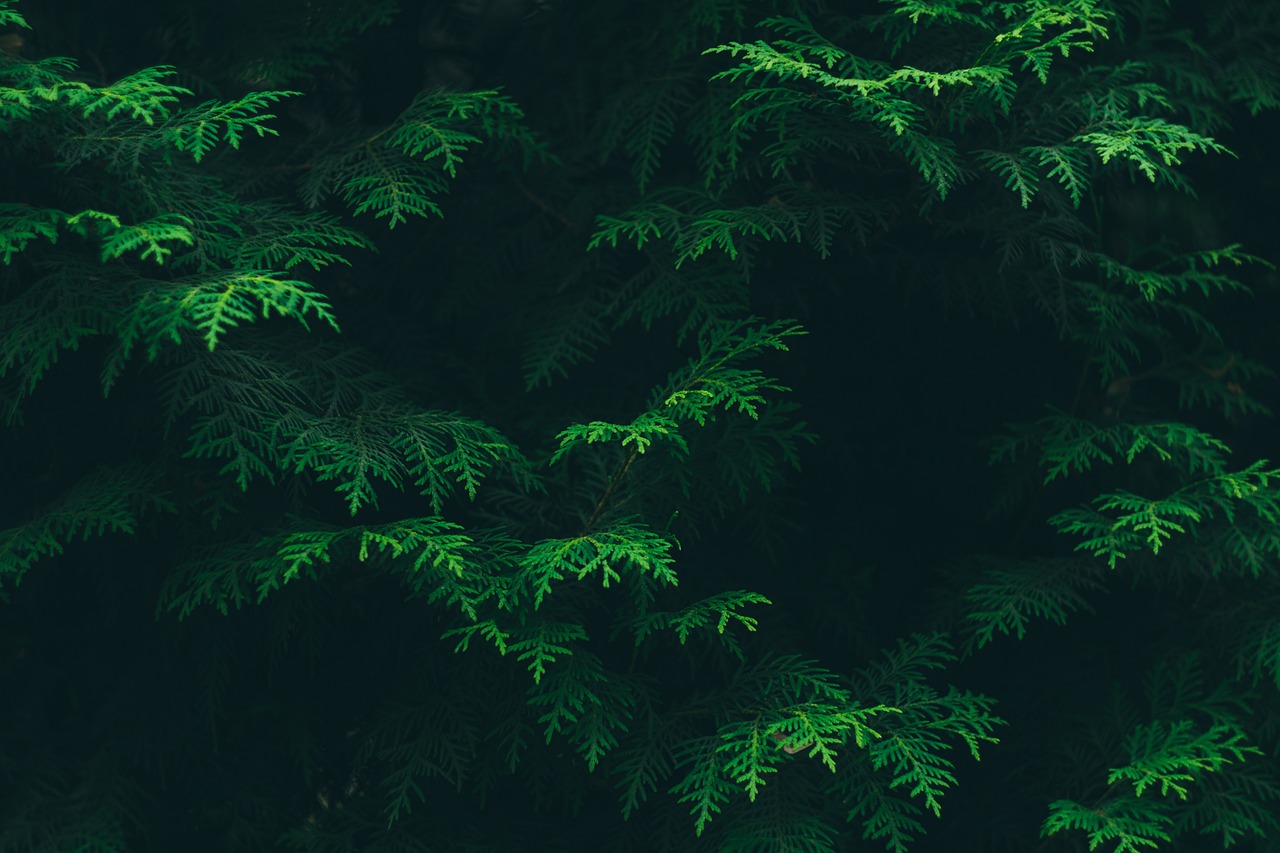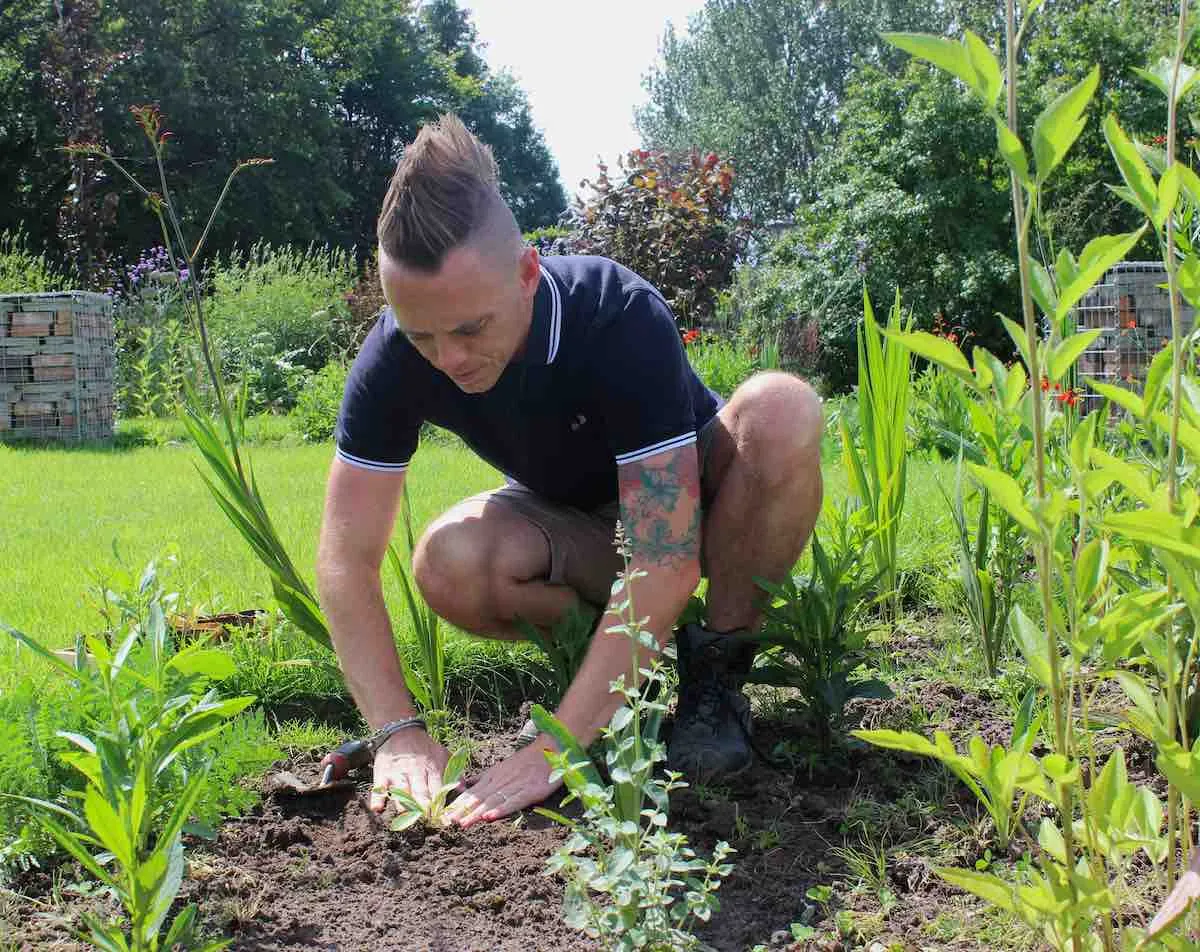Hi @gardening-ignoramus
Thanks for your question about Leylandii conifers in garden design and garden planting.
These fast-growing evergreen tree is a controversial one. Both in terms of its fast growth habit and ability to cast huge amounts of shade on neighbouring gardens. Believe it or not, it was a Welsh man who crossbred Cypresses to create this hyper fast-growing specimen.

Let's take a look at why I never recommend them for urban gardens.
Reasons why Leylandii are bad for urban gardens
There are three main reasons why these trees are unsuitable for nearly all urban spaces. Let me walk you through them to help assist.
1. They grow far too fast for most people gardens and cast dense shade
Leylandii will rapidly grow a couple of feet each year in ideal conditions. Most urban gardens are not big enough to sensibly home a Leylandii, especially if it gets to maturity at 35-40m tall.
As they are a very dense plant, they can quickly cast lots of shade both onto your garden and neighbours. So whilst you'll get privacy, it's usually at the detriment of anything growing around or near them.
This means that the Leylandii needs careful pruning to stop too much shading, which causes the next issue.
2. Leylandii won't regenerate from old wood
Like all Conifers Leylandii won't regenerate from old brown wood. So if you hard prune them that's it, you're left with old dusty wood forever. So if you clip them too tightly back to brown, you'll be staring at that forever.
They also have strong apical growth, so if you top them - cut the top leader off - they will in theory, retain that height and not regenerate. However, Leylandii will continue to bush out to their full diameter. So in topping them by pruning, you can end up with a huge blob of a tree casting more shade s it widens.
3. Leylandii will dry out your soil and can cause subsidence
Leylandii needs vast amounts of water to grow and sustain themselves. This often results in the soil around them for meters in all directions cracking and drying out. Nothing will grow there.
This then leads to potential subsidence of buildings, houses and garages. Most house subsidence by trees is not caused by the roots themselves, but by the amount of moisture large trees take from the soil. The soil dries and changes its structures and houses that were once sound start to wobble and shift on this new dry soil.
https://youtu.be/ar9v5eLcV-g
Where are Leylandii confifers from?
Leylandii trees, scientifically known as × Cuprocyparis leylandii or Cupressocyparis leylandii, are a hybrid species of coniferous trees that were created by crossbreeding two different cypress species. They are not a naturally occurring species but were deliberately developed through human cultivation.
The parent species that were crossbred to create Leylandii trees are:
1.Nootka Cypress (Cupressus nootkatensis): This species is native to North America, particularly the coastal regions of Alaska and the Pacific Northwest.
2. Monterey Cypress (Cupressus macrocarpa): Native to the Monterey Peninsula in California, this species is well-known for its distinctive appearance and is often planted as an ornamental tree.
The hybridization of these two species resulted in the Leylandii tree, which was named after Christopher Leyland, who sponsored the original crossbreeding efforts in the mid-20th century in Wales, United Kingdom. Leylandii trees have gained popularity as fast-growing evergreen trees that are often used for hedging and screening due to their dense growth and tall stature.
It's important to note that Leylandii trees are not native to any particular region; they were specifically bred for their desirable traits and have been widely planted in various parts of the world, especially in temperate climates.
They have become a subject of both admiration and controversy due to their rapid growth and the potential to create disputes between neighbours over issues like height and shading.
If you're looking for suitable trees for privacy without the nightmare issues above read this post of mine on small garden trees.
I hope that helps.
Lee
Hi @gardening-ignoramus
Thanks for your question about Leylandii conifers in garden design and garden planting.
These fast-growing evergreen tree is a controversial one. Both in terms of its fast growth habit and ability to cast huge amounts of shade on neighbouring gardens. Believe it or not, it was a Welsh man who crossbred Cypresses to create this hyper fast-growing specimen.

Let's take a look at why I never recommend them for urban gardens.
Reasons why Leylandii are bad for urban gardens
There are three main reasons why these trees are unsuitable for nearly all urban spaces. Let me walk you through them to help assist.
1. They grow far too fast for most people gardens and cast dense shade
Leylandii will rapidly grow a couple of feet each year in ideal conditions. Most urban gardens are not big enough to sensibly home a Leylandii, especially if it gets to maturity at 35-40m tall.
As they are a very dense plant, they can quickly cast lots of shade both onto your garden and neighbours. So whilst you'll get privacy, it's usually at the detriment of anything growing around or near them.
This means that the Leylandii needs careful pruning to stop too much shading, which causes the next issue.
2. Leylandii won't regenerate from old wood
Like all Conifers Leylandii won't regenerate from old brown wood. So if you hard prune them that's it, you're left with old dusty wood forever. So if you clip them too tightly back to brown, you'll be staring at that forever.
They also have strong apical growth, so if you top them - cut the top leader off - they will in theory, retain that height and not regenerate. However, Leylandii will continue to bush out to their full diameter. So in topping them by pruning, you can end up with a huge blob of a tree casting more shade s it widens.
3. Leylandii will dry out your soil and can cause subsidence
Leylandii needs vast amounts of water to grow and sustain themselves. This often results in the soil around them for meters in all directions cracking and drying out. Nothing will grow there.
This then leads to potential subsidence of buildings, houses and garages. Most house subsidence by trees is not caused by the roots themselves, but by the amount of moisture large trees take from the soil. The soil dries and changes its structures and houses that were once sound start to wobble and shift on this new dry soil.
Where are Leylandii confifers from?
Leylandii trees, scientifically known as × Cuprocyparis leylandii or Cupressocyparis leylandii, are a hybrid species of coniferous trees that were created by crossbreeding two different cypress species. They are not a naturally occurring species but were deliberately developed through human cultivation.
The parent species that were crossbred to create Leylandii trees are:
1.Nootka Cypress (Cupressus nootkatensis): This species is native to North America, particularly the coastal regions of Alaska and the Pacific Northwest.
2. Monterey Cypress (Cupressus macrocarpa): Native to the Monterey Peninsula in California, this species is well-known for its distinctive appearance and is often planted as an ornamental tree.
The hybridization of these two species resulted in the Leylandii tree, which was named after Christopher Leyland, who sponsored the original crossbreeding efforts in the mid-20th century in Wales, United Kingdom. Leylandii trees have gained popularity as fast-growing evergreen trees that are often used for hedging and screening due to their dense growth and tall stature.
It's important to note that Leylandii trees are not native to any particular region; they were specifically bred for their desirable traits and have been widely planted in various parts of the world, especially in temperate climates.
They have become a subject of both admiration and controversy due to their rapid growth and the potential to create disputes between neighbours over issues like height and shading.
If you're looking for suitable trees for privacy without the nightmare issues above read this post of mine on small garden trees.
I hope that helps.
Lee
Gardening Ignoramus has reacted to this post.
 Lee Burkhill: Award Winning Designer & BBC 1's Garden Rescue Presenters Official Blog
Lee Burkhill: Award Winning Designer & BBC 1's Garden Rescue Presenters Official Blog



